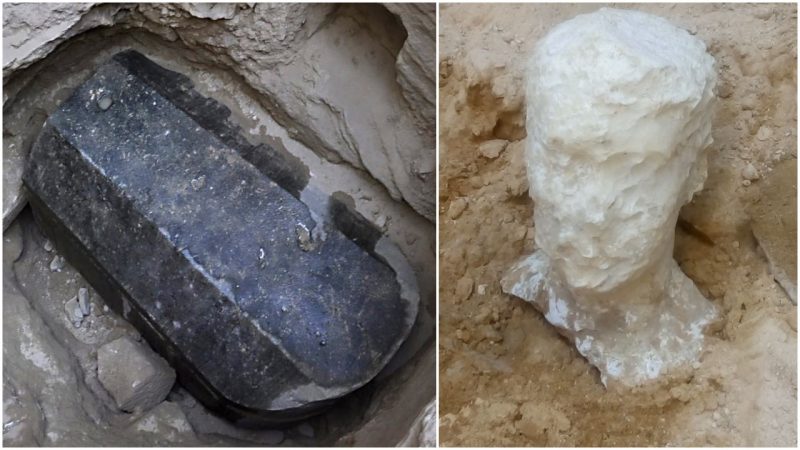A huge black sarcophagus was recently discovered in a tomb in Alexandria, Egypt, and to the amazement of researchers, it has not been opened in at least 2,000 years, escaping the attentions of the looters who’ve swarmed over the country’s tombs for centuries.
The coffin was made of black granite and sealed with mortar. It measures 72.8 inches by 104.3 inches by 65 inches.
Local authorities who were preparing to construct a new building on Al-Karmili Street came upon the ancient sarcophagus. The digging work surrounding the coffin was conducted by workers for the Supreme Council of Antiquities in the Sidi Gaber district of Alexandria, as required by law.

The coffin was found some 16 feet below the ground. Nobody knows who is inside the sarcophagus, and excitement in the archaeological community is mounting. The size of the coffin suggests someone of very high status.
Extracting the coffin from its pit and then opening it are no easy matters. It reportedly weighs more than 30 tonnes–the lid alone weighs 15 tonnes.
“A rough alabaster bust of a man, likely a depiction of the body in the coffin, was also discovered in the tomb, which is believed to date from the era of the Ptolemies, the Greek royal family dynasty that ruled for roughly three centuries from 305 to 30 B.C.E.,” reports the Smithsonian.
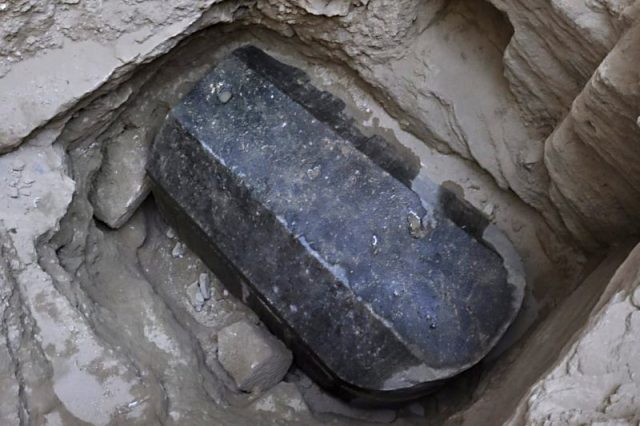
The tomb is now reportedly under careful guard. Experts are working out a plan to open the black sarcophagus.
“In February, archaeologists found a hidden network of tombs south of Cairo in the Minya Governorate, which – like the giant granite sarcophagus – have probably lain untouched for 2,000 years,” reports ScienceAlert.” Experts say it’ll take them five years to work through that site.”
Archaeologists had not until recently been focusing on Alexandria, founded by Alexander the Great and ruled by his friend Ptolemy and then his descendants, which include Cleopatra, the last ruler of that line.
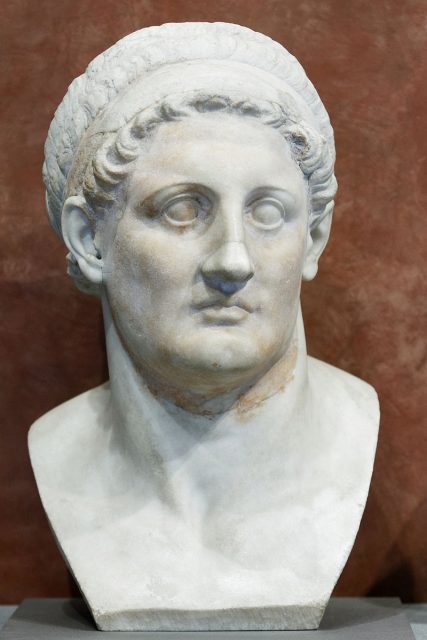
A congested city of 5 million people rose up, on top of the onetime marble palaces and monuments of the Ptolemies.
Disturbing occasions when ancient Egyptian curses seemed to come true
In the last 20 years, scientists have undertaken urban archaeology to uncover the city’s mysterious past. Assumptions that looters got to anything of historical value have proved to be wrong.
“We are hoping this tomb may belong to one of the high dignitaries of the period,” said Ayman Ashmawy, the head of ancient Egyptian artifacts at Egypt’s Ministry of Antiquities, in an interview. “The alabaster head is likely that of a nobleman in Alexandria. When we open the sarcophagus, we hope to find objects inside that are intact, which will help us to identify this person and their position.”
In the coming weeks, engineers will visit the site to provide heavy lifting equipment and structural support. This will allow archaeologists to remove the lid. Once they can see inside, mummification and restoration specialists will work to ensure that the contents are protected from exposure to air not felt for 2,000 years.
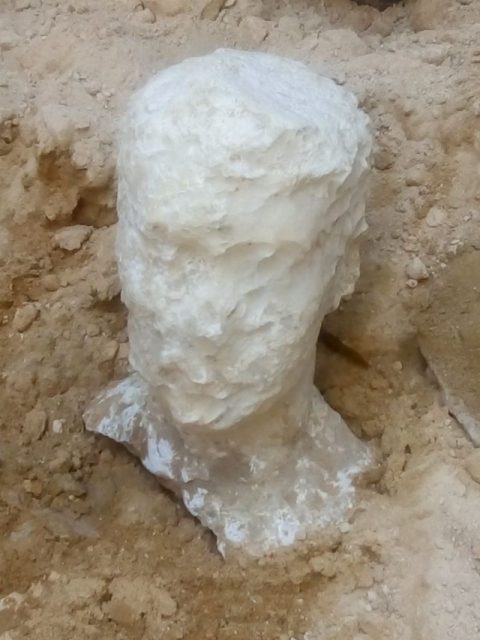
The Internet has exploded with theories and warnings over the dangers of opening the lid, ideas that were given free reign in movies like The Mummy.
Among the theories of who could be inside, speculation is also running wild, far beyond that of a nobleman.
The New York Times reports, “Zahi Hawass, an Egyptologist and former antiquities minister known for his Indiana Jones-style hats, has suggested the find could bolster efforts to locate the tomb of Alexander the Great.”
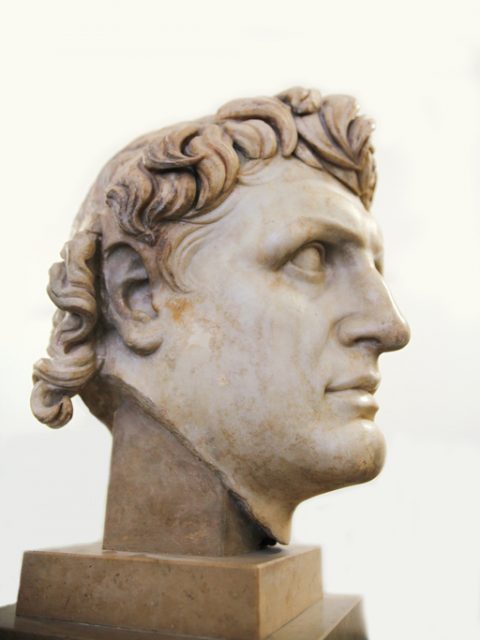
The final resting place of Alexander is one of the most intriguing mysteries of the ancient world.
Read another story from us:$47 Million worth of artifacts recovered in raids across Europe
But Egyptian officials are asking for caution. Ten other sealed sarcophagi were located in Minya, near Cairo, this year. Some contained mummies, others had beads, amulets or statues.
The giant black sarcophagus “might be nothing special,” said Mostafa Waziri, secretary general of the government’s Supreme Council of Antiquities, in an interview. “We will only know when we open it.”
Nancy Bilyeau, a former staff editor at Entertainment Weekly, Rolling Stone, and InStyle, has written a trilogy of historical thrillers for Touchstone Books. For more information, go to www.nancybilyeau.com.
